These are a few steps that are one-of-a-kind and some may be common sense, but a lot of people don’t know about them and the benefits are very substantial.
This is also super important because so many marketers, designers, developers and professionals are killing themselves just to cover costs or make a buck.
Imagine not having to pay for that software as if those costs did not exist. We will go over how to do it, guiding you step-by-step in this tutorial.
Buying Lifetime Deals
The first thing to do is buy what are called Lifetime Deals (aka. LTDs). A lot of people consider themselves familiar with Lifetime deals. But this is in part for those who do not and also for those who do know about it, because there are more details beyond just Lifetime deals themselves.
What’s A Lifetime Deal?
A Lifetime deal is exactly what it sounds like; it is a forever deal where you only pay one time for a permanent license to use Software. Usually, when speaking about SaaS (Software as a Service) products, it means you pay one time up front instead of monthly, and then never pay again. Ever.
Why would a company offer an LTD?
When SaaS companies (especially for development or marketing tools) are first getting started, they need money.
They also need users in their system to test how customers are using the software. Generally, each additional new user does not cost or cause a significant increase in the company’s expenses.
Because of this, the SaaS company is able to give a system away at the price of a one time fee, helping build word-of-mouth exposure and getting the ball rolling. There are marketplaces where you can go to buy LTDs, which we will talk about a little later in this article. In those places, you can buy these tools at prices ranging in amounts from $50 – $1,000 as one-time transactions.
And you never have to pay for them again!
4 Important Things to Know About Lifetime Deals

- These are brand new companies and surviving six months or a year down the road is a challenge. If the company goes under and you lose your investment, it was a one time fee. This can happen from time to time.
- Expect a few bugs. This is not comparable to buying products that have been around for 10 years. It is very likely going to have a couple of bugs and there are going to be features that you and other customers wish had been developed. But if you are getting it for a lifetime deal, then it is similar to investing in that company.
- A lot of times their customer support is overloaded, because they are doing a Lifetime deal. Customers are involved with getting to know the system and have questions and it can take time to get a response.
- They are only available for a limited time. That means the specific deal we talk about in this article are likely no longer available. The good news is that new LTDs are coming out all the time, so check for new ones often and you’ll likely find even better deals than the ones we talk about in this article.
Keep in mind that, again, these systems is not going to be perfect, but sometimes when you buy these things, they turn out to be excellent investments. Overall the bulk of delivery is large and you can add cheaper solutions to customize for your needs.
Where can you buy lifetime deals?
Two places that you can find Lifetime deals are Appsumo & SaaS Mantra.
Appsumo

These guys have tons of Lifetime deals that come out regularly and their products are really well vetted. Overall this is a generally good marketplace. I have purchased a number of deals from here that I still use very often.
SaaS Mantra
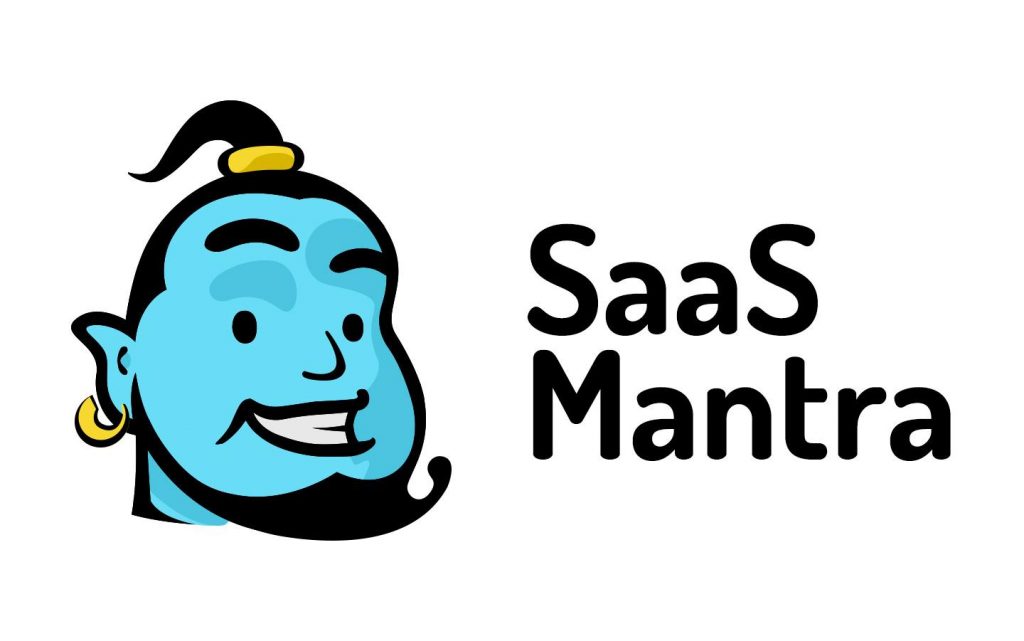
A lot of people don’t know about this one, but it is fantastic. The founder of this is a personal acquaintance of mine. Sampath runs SaaS Mantra and they put out amazing deals, in fact, this is where I bought one of the most impressive deals I ever found.
How to Decide Which Deal Is Best
When you buy a lifetime deal, be sure to test it out as soon as possible. Turn it on, try it out, and learn the nuances by playing with the product.
Pro Tip: Decide if the product has any features you like or which could be useful. If it does not meet your expectations, almost all of these marketplaces allow you to return it within 60 days. A high percentage of these include no fuss or questions and you get your money back.
Going in and playing with the product will help you make discerning decisions about whether you are really going to use this tool or not. A lot of people buy these products and, just like giving away money, they never look at it again. Do not do that!
If you think the product is something you’re not going to use, then just get a refund for it. The refund period, again, is typically 60 days. Utilize it so that you can be certain you’re not wasting your money.
Reselling Lifetime Deals
There is also an option to resell on places like Facebook, Forums, and Private Groups where you go in and sell your Lifetime deals to other companies. It can feel shady and a little bit strange due to the idea of it being a “used” product — but it is allowed since you paid for the license.
Selling Other People’s Stuff
If you buy a Lifetime deal you don’t have to stop at just one piece of Software. You can purchase a number of them and add them to your arsenal that your clients will benefit from using too.
It can work in your favor and benefit your clients.
When you buy a Lifetime deal you have to consider your investment. Upfront costs may seem higher but in the long term it can pay off.
- First of all, you can forget the recurring monthly payments.
- Second, you can resell the software under your license to other users.
A product built and developed by someone else and supported by them, and sold through your company to your customers. Imagine it is $50 dollars a month and you sell your access: you own the license, and your customer would have to pay for it.
Alternatives to Flagship Products
There are also ways to find cheaper alternatives, for example, many people use Buffer, Intercom, or Hootsuite. But there are so many alternative products that do pretty much the same thing. They might not be quite as smooth or polished, but they are still good alternatives, especially for the value. In many cases, newer systems cover a majority of things promised in a flagship product.
The point is to save money for your business and add value for your customers. If you are using these tools and executing on the frontend, your customers will thank you for it. In the end, you are saving them money with comparable software at a good price.
Review Your Recurring Software Charges
Know what you are paying for. This is probably the biggest piece of advice I can give you to save you some cash right away.
Many times you buy access to a SaaS system and they charge you every single month. In the beginning, you start off using it heavily. But then after six months, a year, or sometimes two or three years, the team has stopped using it. Something new and shiny has taken the place and attention of the team, and you are still paying that monthly price for the other platform.
That’s a killer and causes you to go through and wipe out similar tools over and over again. This can save you tons of money.

What we do for every single recurring thing we buy is put it into a spreadsheet, and monitor all the money, monthly, for every Software as a Service.
Put it in a spreadsheet instead of keeping an eye on it just by looking at your credit card statement. Better than anything. You can evaluate the total and then you know how much you are spending and ask yourself: Is it worth it?
It is almost never worth it; there is, almost always, something that can be reduced or canceled. Break those costs down for how much money can be saved.
You won’t believe how much money we saved this year, even last year, from this exercise.
Here’s Where We Saved The Most Money
Recurring Software charges replaced with Lifetime deals.
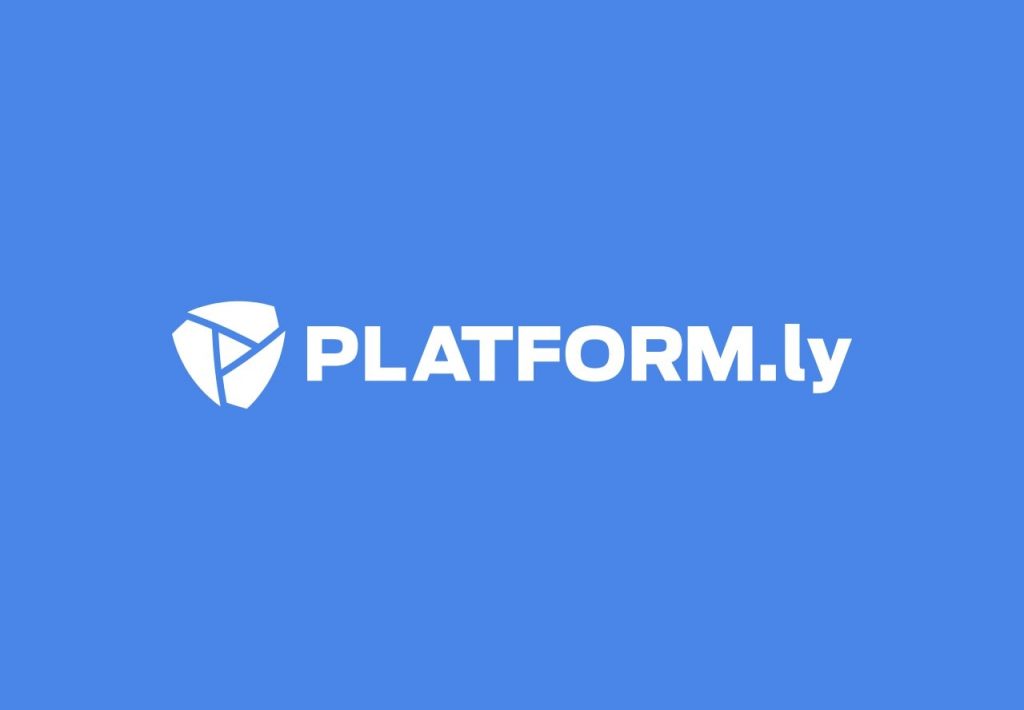
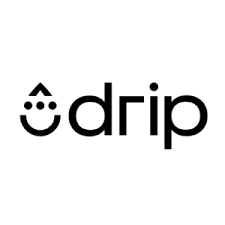
Drip vs Platform.ly
Originally we were paying about $300/month for Drip, but now we have a Lifetime deal for Platform.ly. We moved everything over and then added a couple of other systems to Platformly, which would be equal to paying Drip about $500 for those integrated features for all the businesses I needed on there. Maybe even $600 or $700 in some cases, but definitely $500 per month. That’s what it will cost me to set up one time instead of monthly.
Annual* Cost Comparison: $6,000 vs $500 one time payment lifetime deal.
This is an incredible amount saved! The value is there and you cannot mistake the comparison. It is likely more than worth your time to give consideration to deals out there with new software offered regularly.

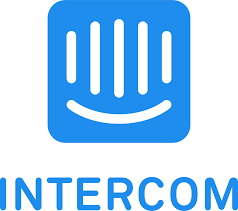
Intercom vs VerLoop
A couple of years ago I bought a system called VerLoop, a chatbot system, from SaaS Mantra. I would not say it’s like the end-all/be-all of all chatbots, it’s not as good as Intercom. But incredibly it saves me, easily, over $300 dollars a month. In fact, unquestionably might be $500 a month on the mid-tier plan and does almost everything needed in a chatbot system.
Annual* Cost Comparison: $3,600 vs $49 one-time payment lifetime deal.
We’re already up to $800/month saved right there with Platformly and Viral Loop. It is a very exciting concept, saving money on business expenses this easily!
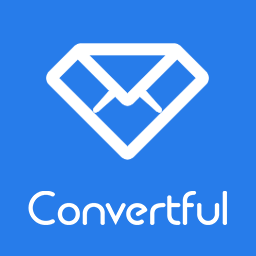
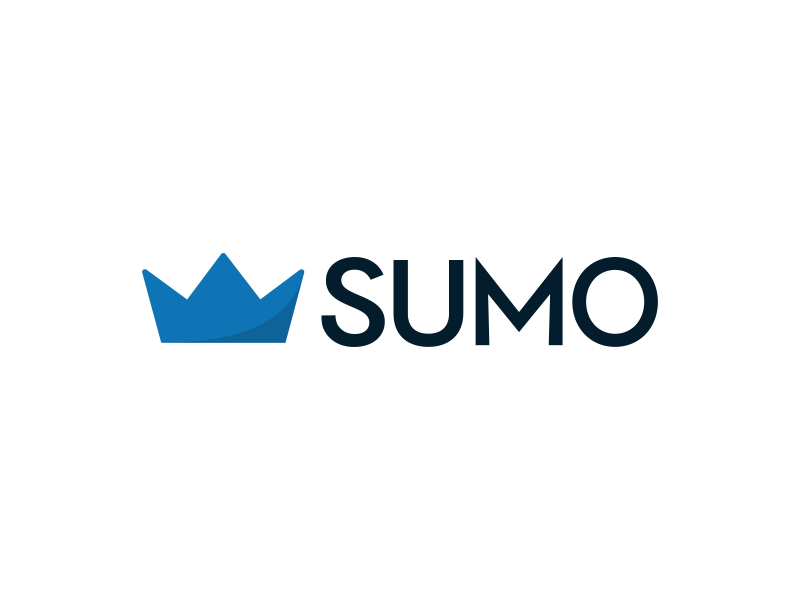
Sumo vs Convertful
If you don’t know Sumo, it’s a pop-up builder system. Like many companies using Sumo, I moved over to a Convertful Lifetime deal because I had bought Platform.ly. The company that owns Platform.ly bought Convertful and offered a Lifetime deal. This has ended up saving another $100 per month.
Annual* Cost Comparison: $1,200 vs $69 one time payment lifetime deal.
That is the cost of less than one monthly payment, but it covers forever. It seems hard to believe, but it actually becomes fun looking for amazing deals.
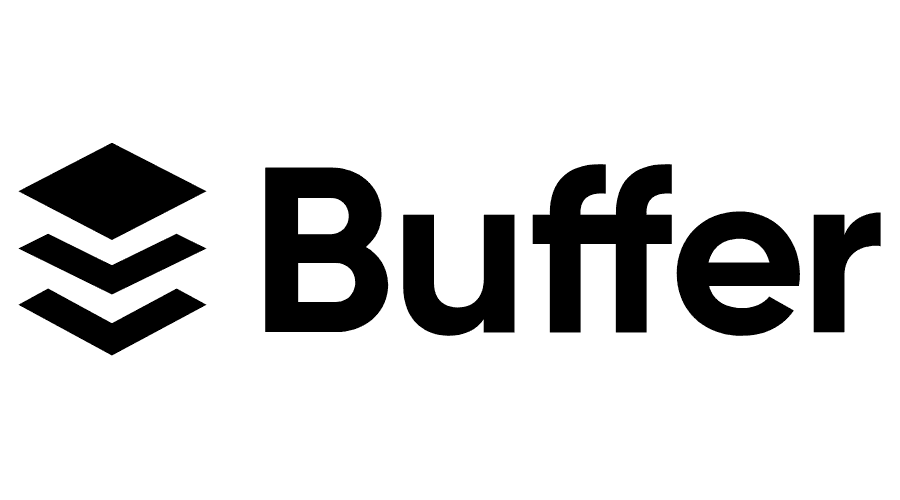

Socialmonials vs Buffer
Socialmonials is on another Lifetime deal like all of these, I would be paying Buffer about $100 dollars a month right now. Now I’m paying nothing for Socialmonials every month. It’s not as good as Buffer, but it doesn’t matter. Much of Buffer’s deeper functionality, for what we’re doing, isn’t worth it.
This is why looking at where you are spending money and the value you are receiving helps determine your real needs. The longer your business is in operation the more you will get to know your true needs and those of your clients.
Annual* Cost Comparison: $1,200 vs $49 one time payment lifetime deal.
Easy money saved! Another deal that costs less than one monthly payment.

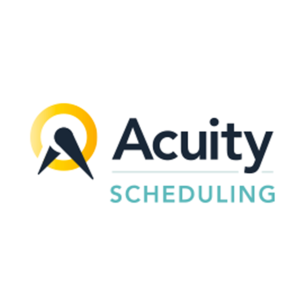
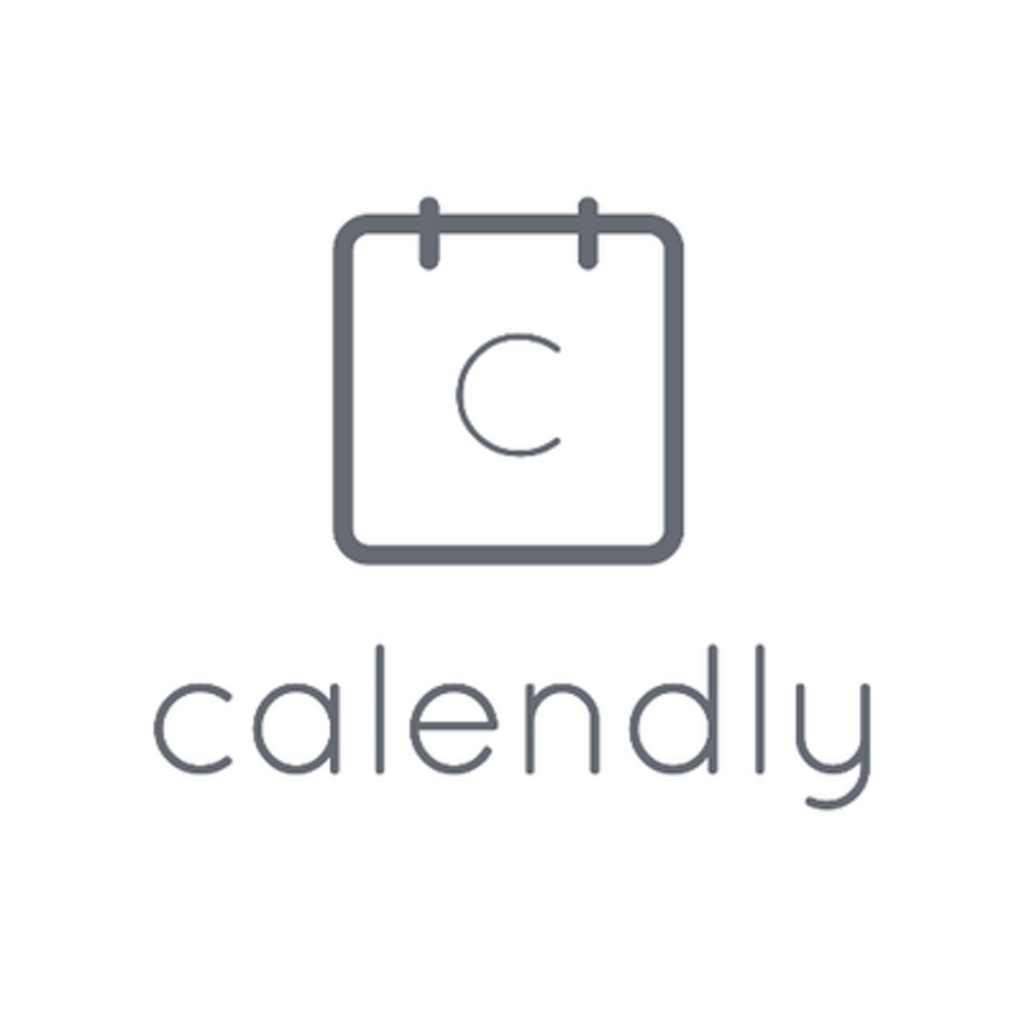
Calendly vs Book Like A Boss vs Acuity
Alright, next: scheduling meetings. Book Like A Boss vs Calendly. Now I really like Calendly and I think they are a really good company, particularly when they are not expensive. It is around $12 dollars a month per person. But I got Book like a Boss and it’s great software too. Easily just as good as Calendly or Acuity or better. The savings are $48 dollars a month. That’s for the entire team, while other team members would be added to the Calendly or Acuity package at top-level pricing.
Annual* Cost Comparison: $576 vs $125 one time payment lifetime deal.
The savings are still good! No matter where you look for the software you are likely to find a similar software that is worth switching. Maybe in some cases, you prefer a given platform but that is another story.

WebARX
We make money on WebARX, I have earned in excess of $200 dollars a month income. I also saved $200 a month on WebARX for what we were doing previously with a similar system.
The way our strategy works is by adding WebARX to our extended web services. Similarly, you can look to package or blend together your software licenses into useful tool-kits that suits your sales opportunity.
Annual* Cost Comparison: $2,400 vs $99 one time payment lifetime deal.
Even better than saving money is making money with your lifetime deal.

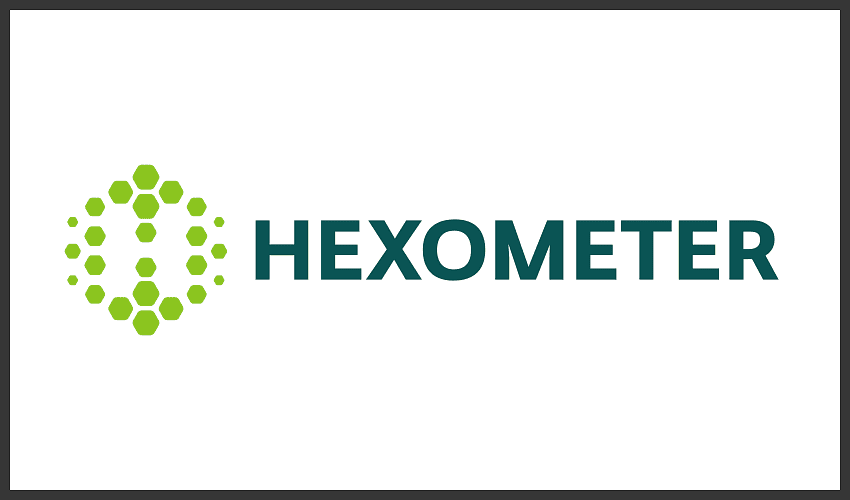
Hexometer vs Doctor Link Checker
Another $38 a month; we’re using Hexometer now, which does, by the way, a lot of other stuff beyond broken link testing. But it does a really good job at testing for broken links as well.
It was not that expensive, but we paid about $38 a month for Doctor Link Checker, and now pay nothing (which is fantastic because we resell this to some of our clients).
So there you have it, reselling Hexometer and it’s not costing me anything. This is something that takes a little time and effort but ends up going a long way.
Annual* Cost Comparison: $456 vs $49 one time payment lifetime deal.
This money will come in handy to buy more software or invest across other business expenses.
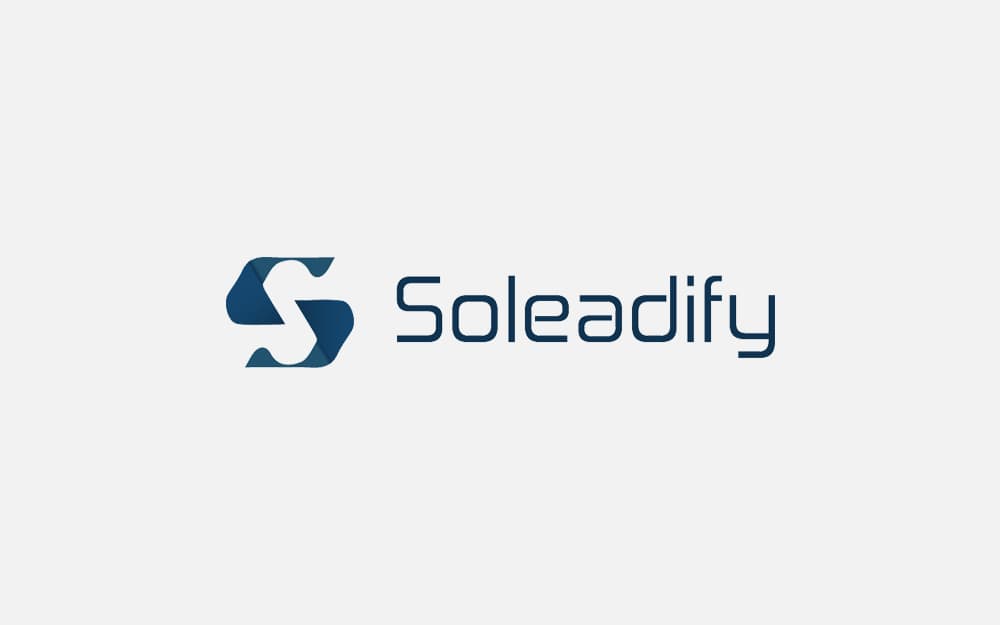
Soleadify
Finally, one of my favorite deals, Soleadify. It’s worth paying for the system by itself. It is a great lead generation system.
It’s very difficult to know how much money we have saved, to date. But we do all of our lead-generation through Soleadify now. Simply searching for the lead’s information: name, company, personal emails, personal phone numbers, company emails and spam-check all save so much money for myself and my sales team.
Soleadify is awesome, I highly recommend it. I think they go for like $300/month now. It’s worth $300/month because finding the right software is important too.
This brings us to a subtotal of, roughly, $15,600/year that we save (not counting Soleadify, and not counting my income from several of these systems).
Cutting out unused Software
Finally, I removed a bunch of recurring payments last month alone, we noticed that we were spending $200 a month on stuff that we weren’t using at all anymore. We only had to look at our spreadsheet. Simply reviewed it and over the last two months, we really cleaned-house. This helped cut $1,000 a month, maybe more than that after cutting things we used on occasion just to justify the cost. It’s kind of embarrassing that it got to be that much but if you’re not checking, it happens easier than you might think.
Getting to the Final Total
With all of the opportunities to consider it really is remarkable in the end. Just by stopping and taking the time to review what is going on in your business you can save a significant amount of money.
So that is $200 per month and $2,400 a year made just selling other people’s stuff. It’s not that much money in total. Right now it’s about $300 a month from WebARX and Convertful.
We’ve got a number of sales campaigns going for this and it’s probably going to grow a lot this year. Right now I’m just counting $300/month. I wouldn’t be surprised if I got to like $2,000 to $3,000 per month. So there you go: money made from reselling valuable Lifetime deals
That brings us to a Grand Total of $21,600 per year. Crazy, right?
That is a lot of money if you are not running a company; and even if you are running a company that does not do much business, it adds up quickly. This total could grow even larger if you just consider a one, two, or five-person team.
Saving yourself some money is a core business goal. Do yourself a favor and buy good Lifetime deals and save money.
Next, focus on the ones you are not going to use and cut down on the excess. If you can resell the software to clients, then that is a bonus. Then, you should know what you are paying, and find cheaper alternatives. That’s it!
Those were some cheaper alternative examples that have saved us a ton of money. Keep in mind those Lifetime deals do still cost you money. However, if you’re looking at $50, $100, $200, or $500 dollars, it’s still a fraction of what you’re going to pay over the course of a few years.
Already cut down on spending and ready to start making money on some projects?





